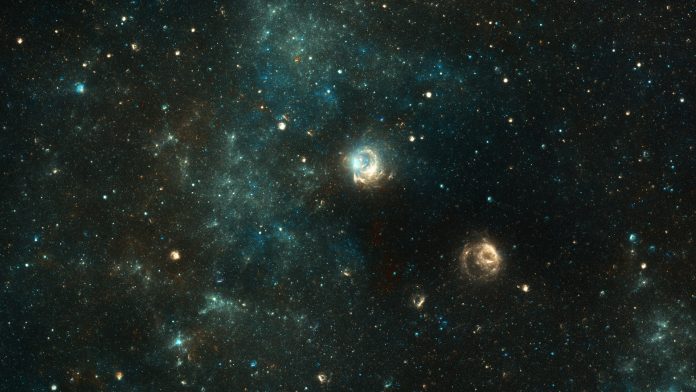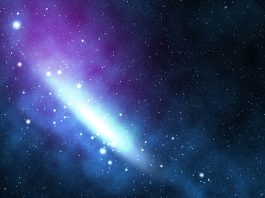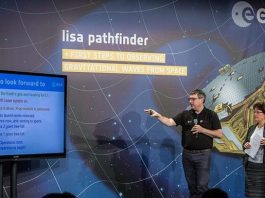A novel study has detected five planets with double-Sun orbits that potentially create conditions capable of supporting life, such as liquid water.
The research, led by Siegfried Eggl from the Department of Aerospace Engineering at the University of Illinois Urbana-Champaign, utilised data from the Kepler spacecraft to discover the science fiction-like double-Sun orbiting planets which may support life.
Eggl said: “We used data collected by the Kepler spacecraft such as the mass of the stars, how bright the stars are, the location of a giant planet, and other parameters to create a methodology to identify systems with two suns that can host habitable Earth-like planets.”
To analyse the propensity of the double-Sun planets to support life – classified as planets that have liquid water on their surface, the team examined the effects of double-star and giant planets within the habitable zones of nine systems studied by the Kepler mission. The study utilised analytical equations to conduct their findings instead of computer equations that would be required to run around the clock for extended periods of months at a time.
The analysis concluded that Kepler-34, Kepler-35, Kepler-38, Kepler-64, and Kepler-413 displayed a significant probability of hosting Earth-like planets that have oceans, Kepler-38 being the most promising. Furthermore, the investigation concluded that Kepler-16 and Kepler-1647 are able to facilitate giant planets; however, their habitable zones are not suitable for hosting terrestrial planets.
“It’s an analytic method that requires almost no computational effort whatsoever. There are some parts that use numerical models to feed in information, such as the way that the atmosphere interacts to different amounts and spectra of sunlight.
“That’s really difficult to figure out analytically, so we used pre-computed atmospheric models for that. The benefit of our approach is that anyone can take our equations and apply them to other systems to determine where to best look for Earth-like worlds,” said Eggl.
As a result of the Earth’s circular orbit of the Sun, the planet receives a consistent amount of radiation that creates the ideal conditions for life as we know it; however, for planets that orbit two Suns, this is not the case. Due to the secondary Sun providing additional gravitational force and radiation, this can significantly affect the conditions that make the planet habitable – as the planets orbit can become elliptic even if initially it is circular.
Eggl said: “If a planet comes too close to its Suns, its oceans could boil away. If the planet is too far out, or even ejected from a system, water on its surface will ultimately freeze, as will the atmosphere itself, like CO2 that forms seasonal polar caps on Mars.
“Once we confirm that a potentially habitable planet is on a stable orbit, we can proceed to investigate how much radiation it receives from the two stars over time. By modelling the evolution of the stars and planetary orbits, we can estimate the actual amount of radiation the planet receives.”









